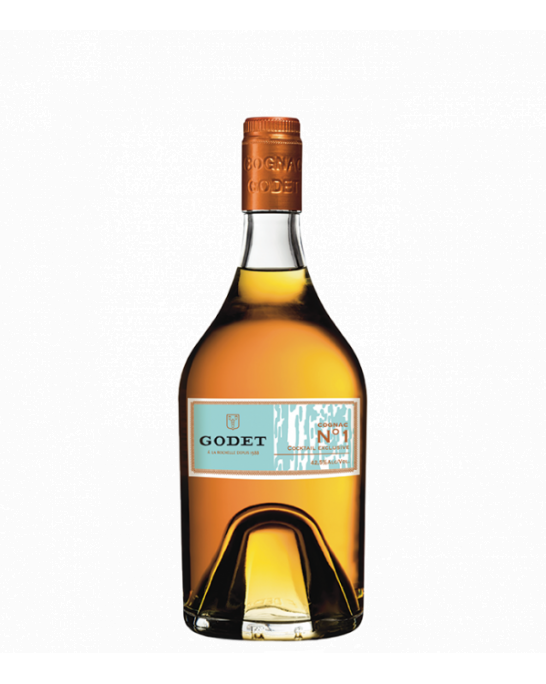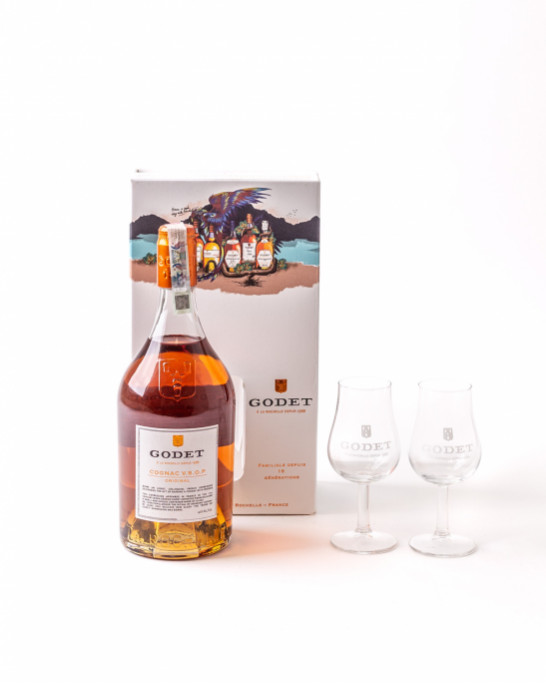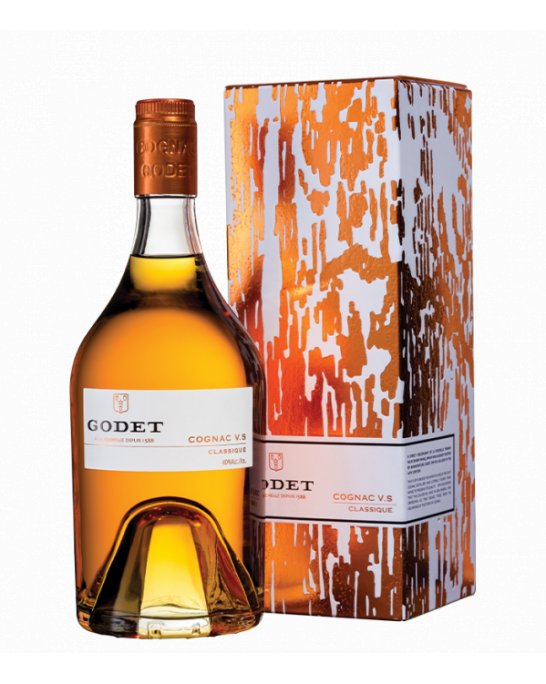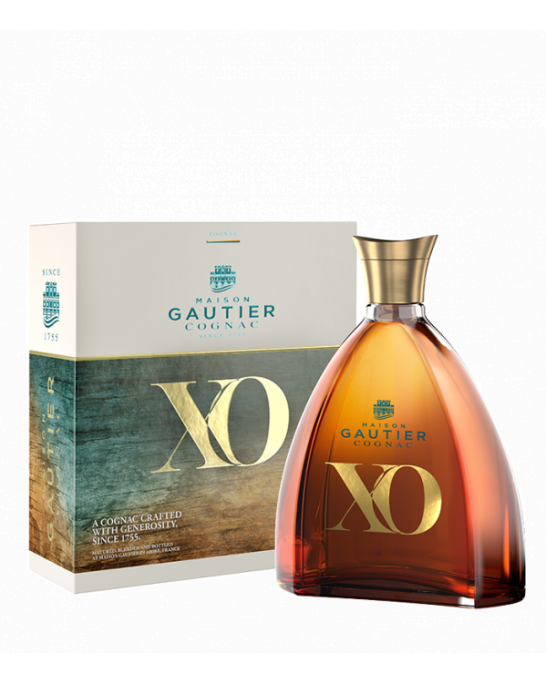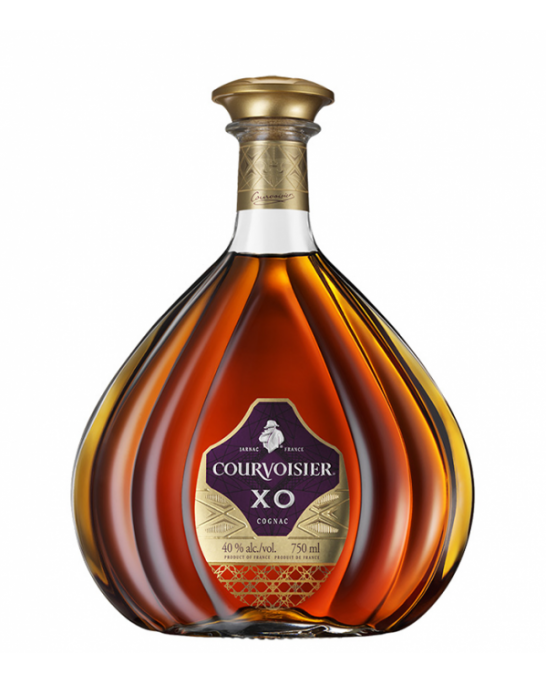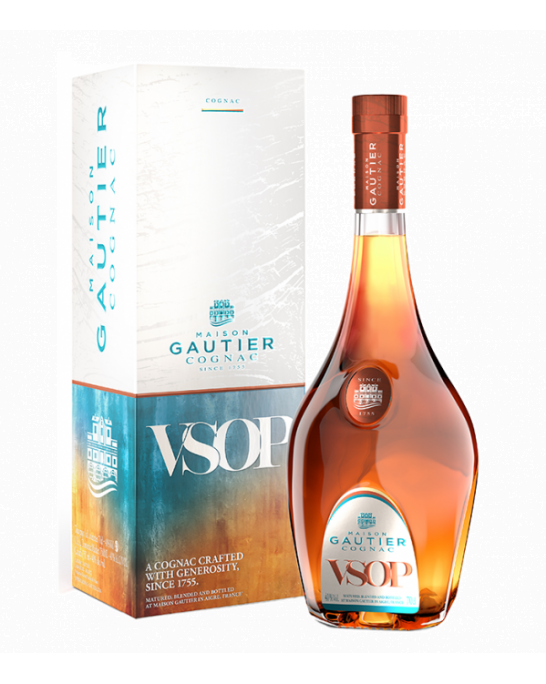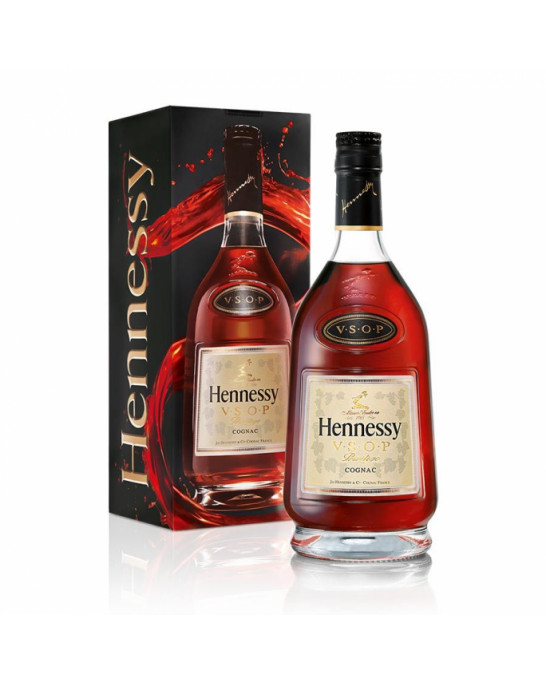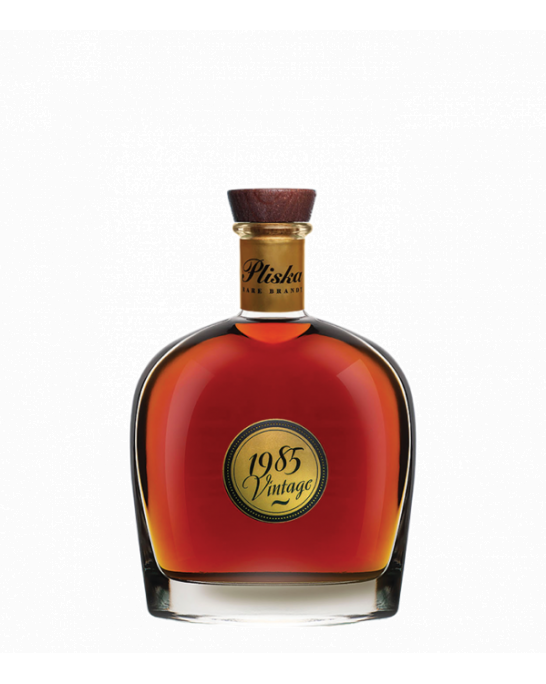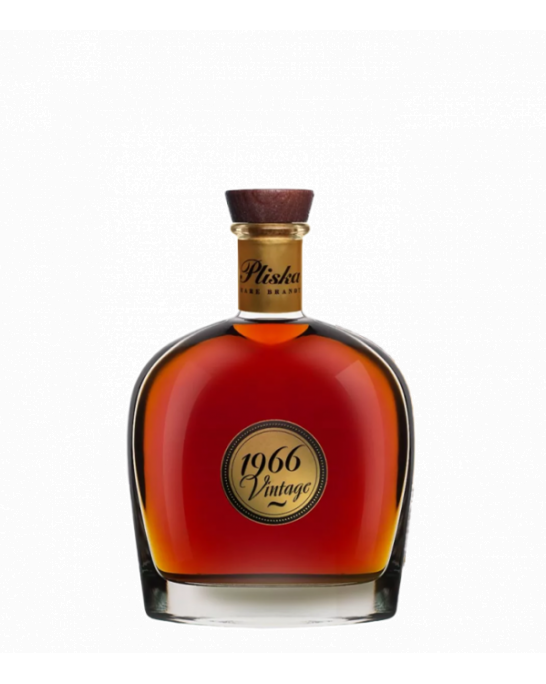Cognac
Cognac is a premium type of brandy, produced exclusively in the Cognac region of the Charente department in France. Its name comes from the town of Cognac, and its production is strictly regulated and protected as a geographical indication within the European Union.
The history of Cognac dates back to the 17th century, when the Charente region was known for exporting salt and wine. Dutch and English merchants, aiming to preserve the wine during their long journeys, began distilling it. Over time, these distillation techniques were refined, giving birth to the unique spirit we now know as Cognac.
Cognac is made through a double distillation of white wine, primarily from the Ugni Blanc grape variety. The resulting spirit then matures in oak barrels, where it develops its distinctive flavors and aromas. Aging is the key to its depth, complexity, and refinement.
Cognac is classified according to the age of the youngest eau-de-vie in the blend:
VS (Very Special) – minimum of 2 years aging;
VSOP (Very Superior Old Pale) – minimum of 4 years aging;
XO (Extra Old) – minimum of 10 years aging (before 2018, the requirement was 6 years).
These categories help consumers understand the maturity and flavor profile of the spirit.
Brandy
Brandy is a distinguished spirit produced by distilling fermented fruit juice, most commonly from grapes. The name originates from the Dutch word “brandewijn”, meaning “burnt wine.”
The history of brandy goes back to the 15th century, when merchants began distilling wine to make it easier to transport and preserve. The result was a stronger, longer-lasting drink.
There are different types of brandy depending on the raw materials and production methods:
Grape brandy – made from distilled grape wine (examples include Cognac and Armagnac).
Fruit brandy – made from fermented fruits other than grapes (such as apples, pears, or plums).
Pomace brandy – produced from the remains of grapes after pressing (examples include Italian Grappa and Georgian Chacha).
Traditionally, brandy is served in a snifter glass, designed to concentrate its aromas. It is usually enjoyed neat, at room temperature, as a digestif after a meal, and pairs wonderfully with aged cheeses, chocolate, or coffee.
The Difference Between Brandy and Cognac
All Cognac is brandy, but not all brandy is Cognac. To carry the name “Cognac”, the spirit must be produced in the Cognac region of France, using specific grape varieties and following strict distillation and aging regulations.
Conclusion
Brandy and Cognac are spirits with a rich history, deep traditions, and a wide variety of styles. Cognac stands out with its precision, elegance, and worldwide recognition, while brandy as a category offers a broad palette of flavors – from classic grape-based spirits to fruit and pomace varieties. No matter the choice, both deliver a refined experience for true connoisseurs of fine spirits.

